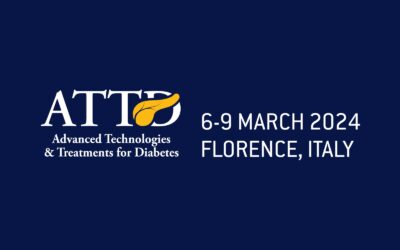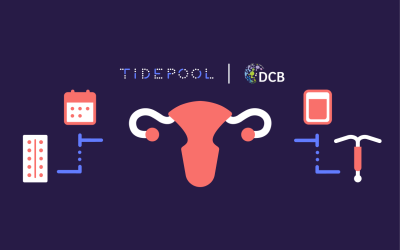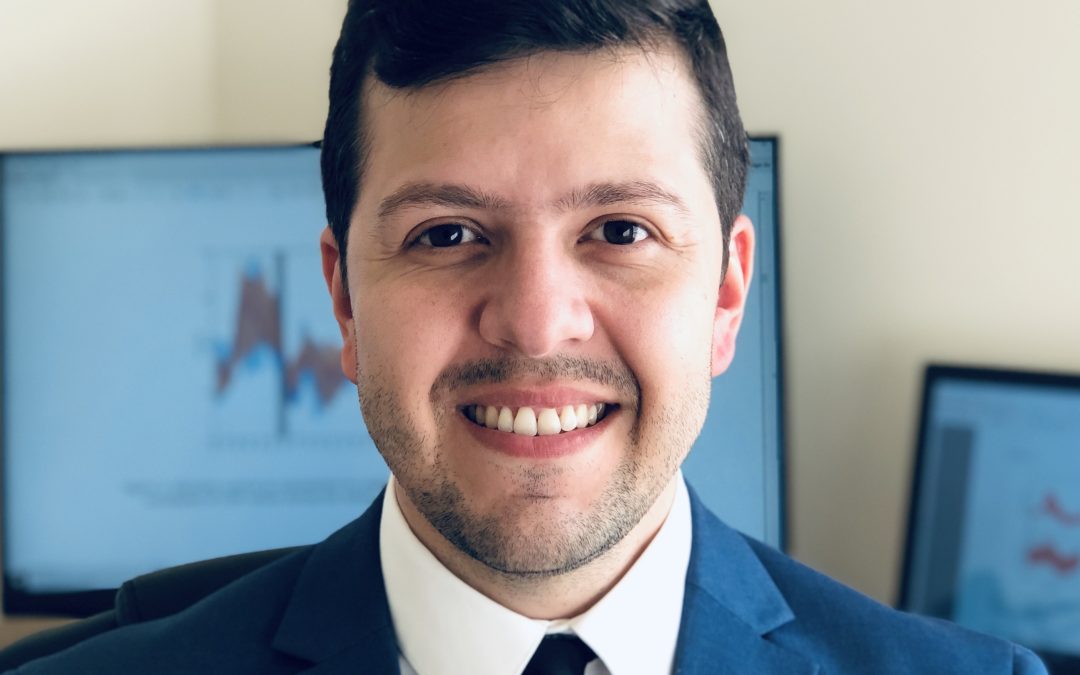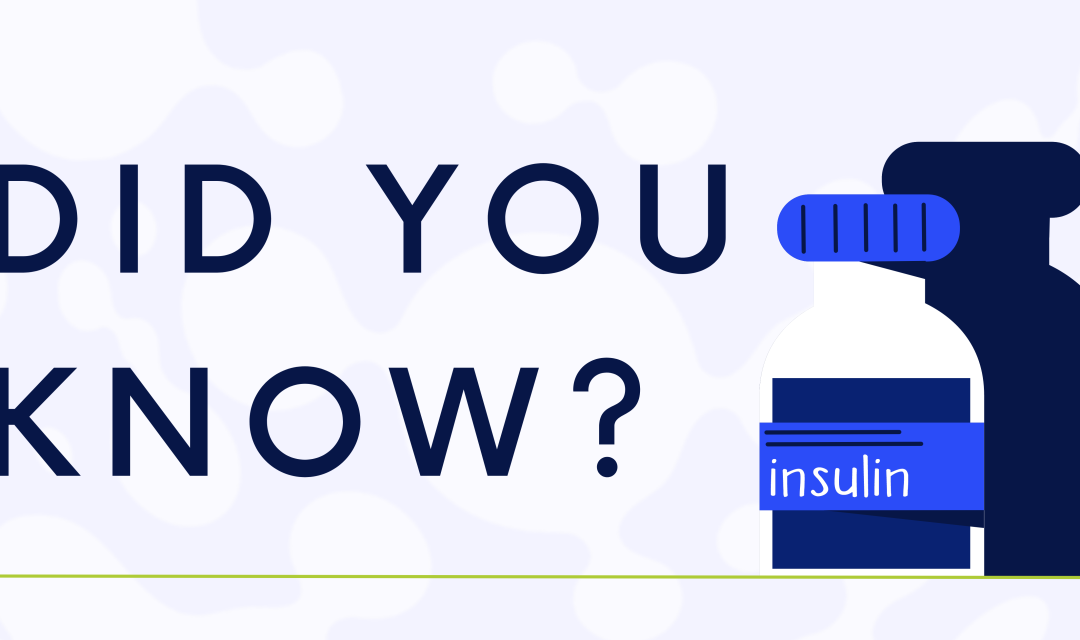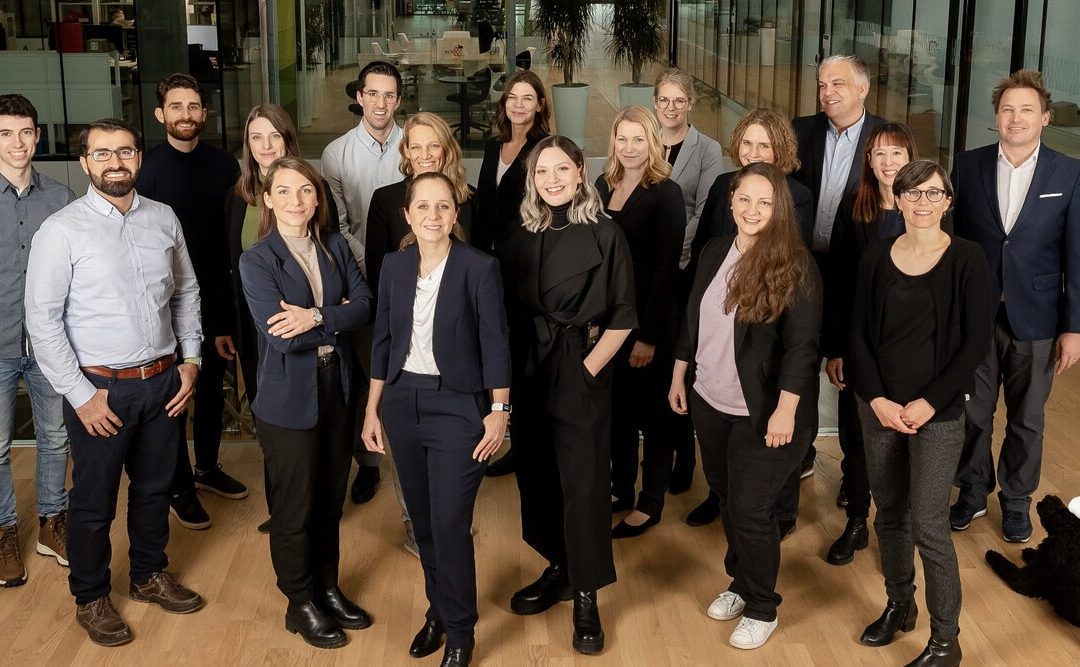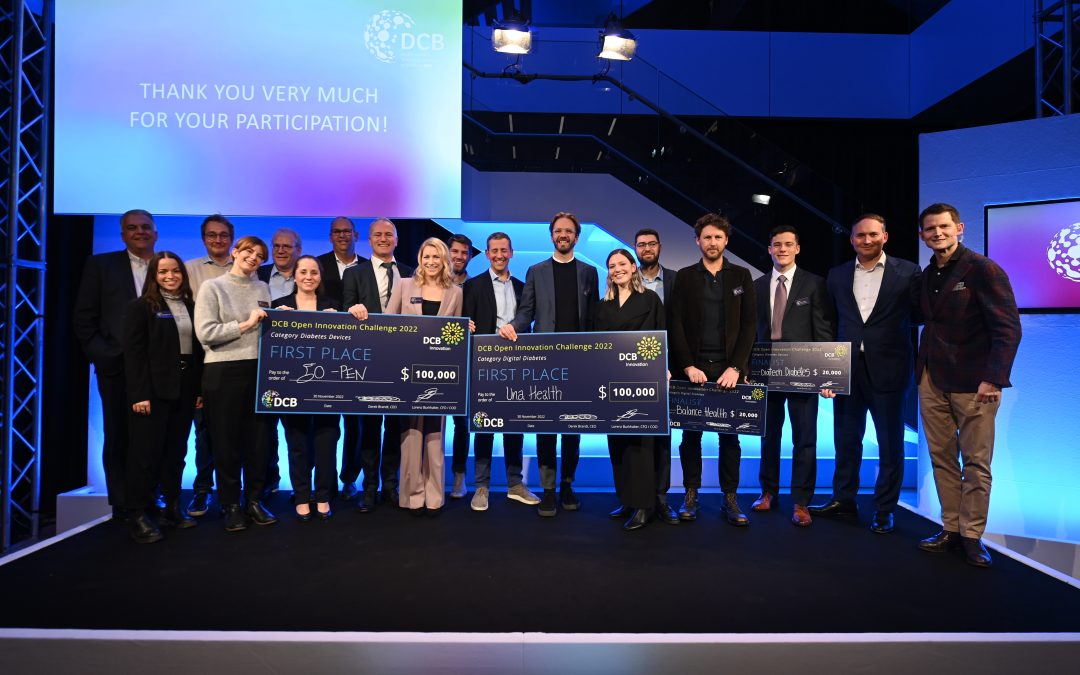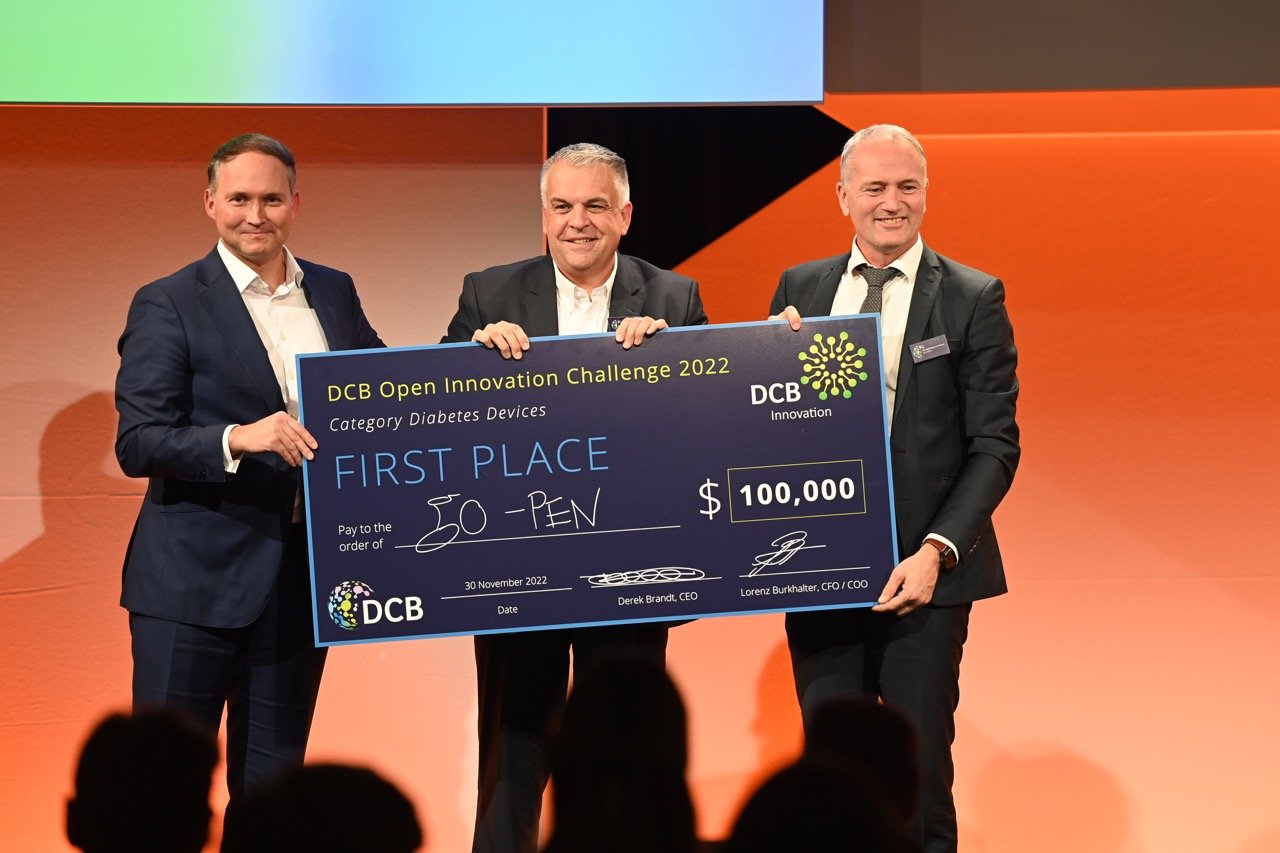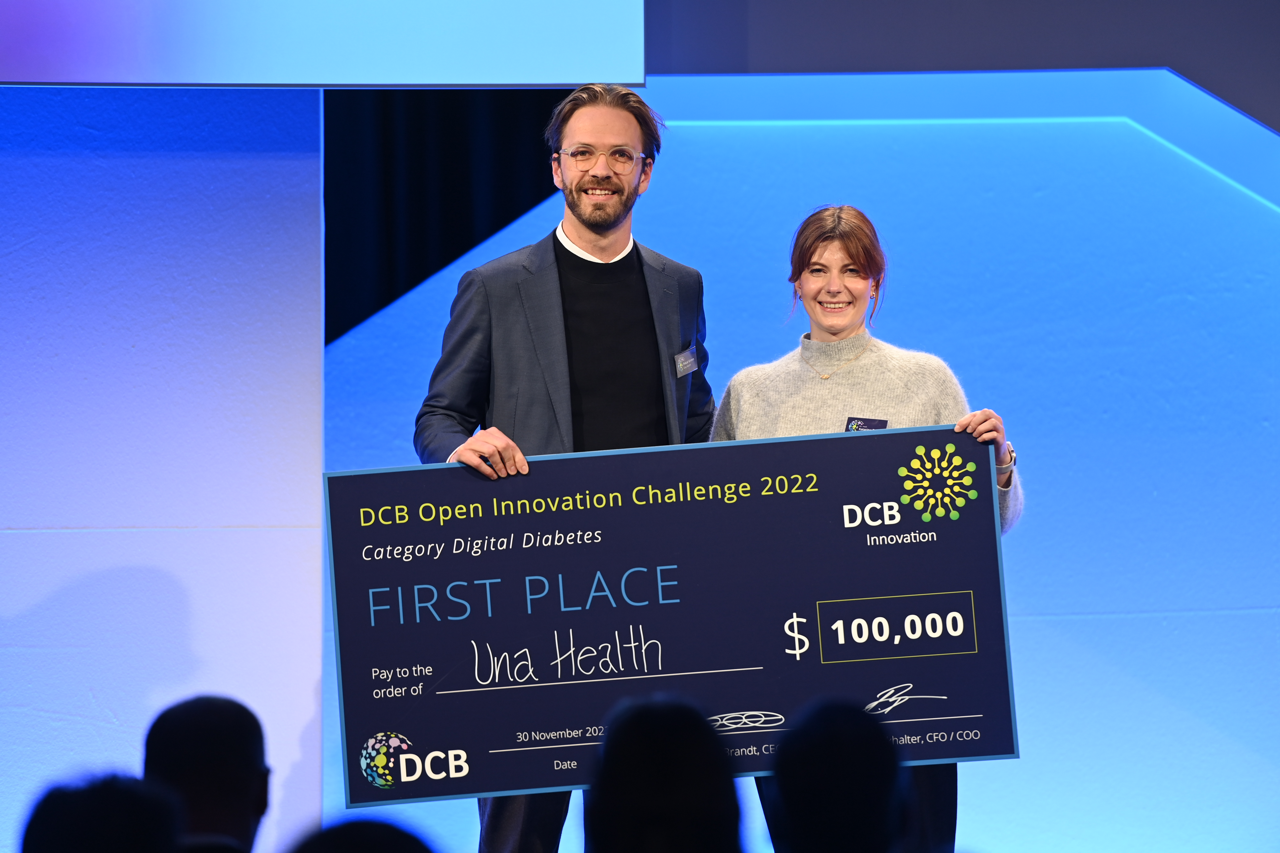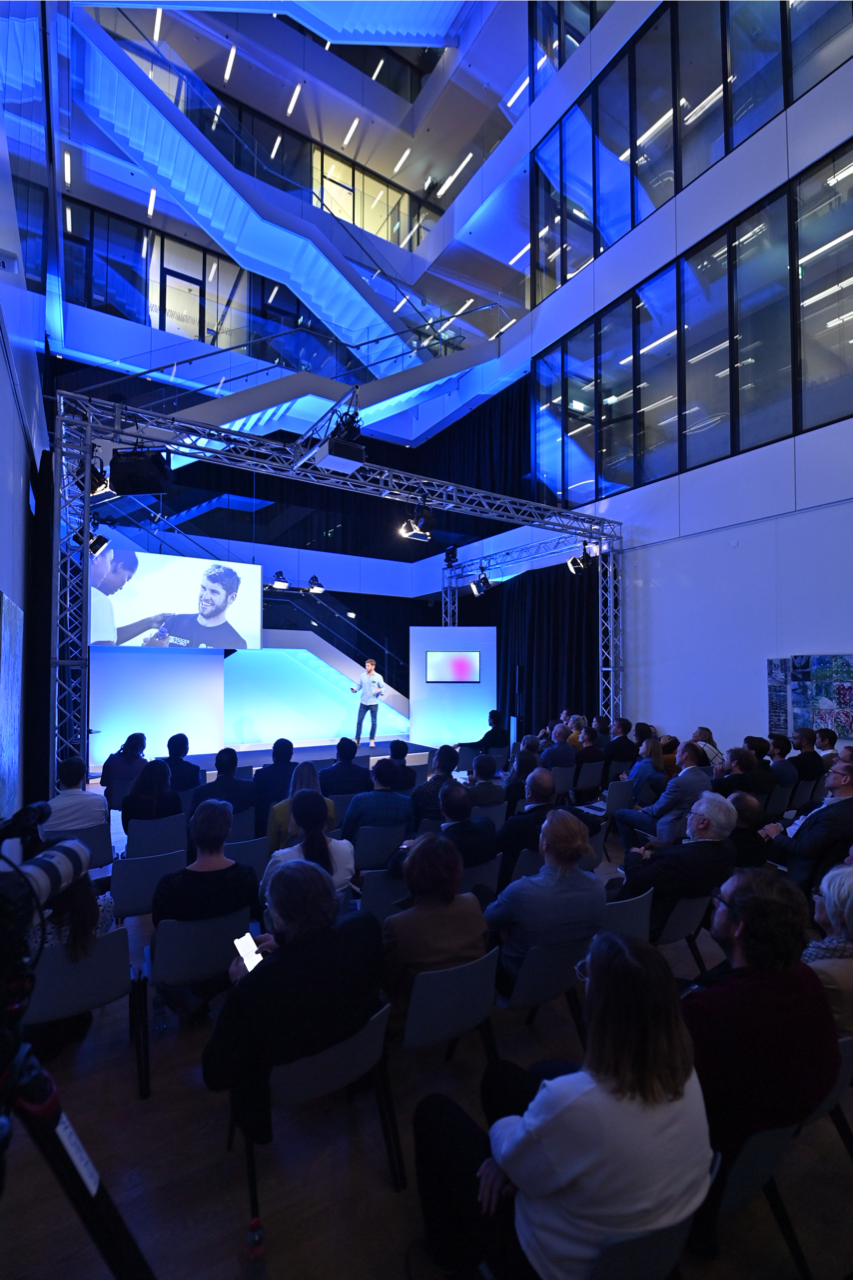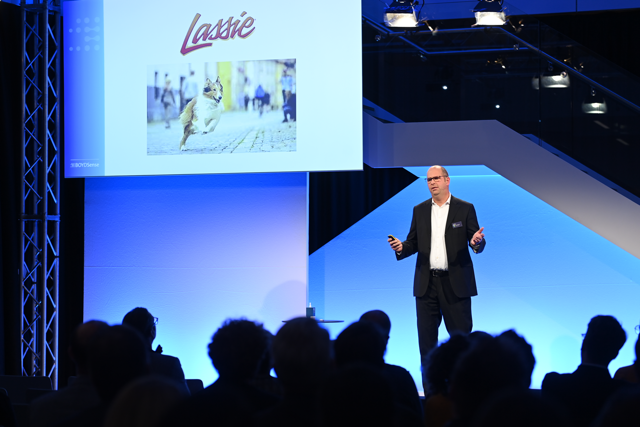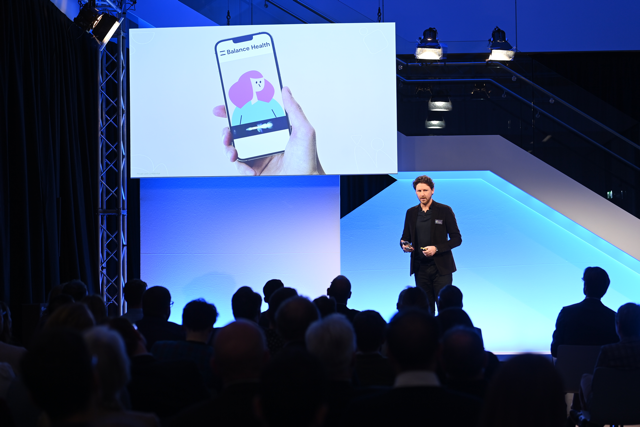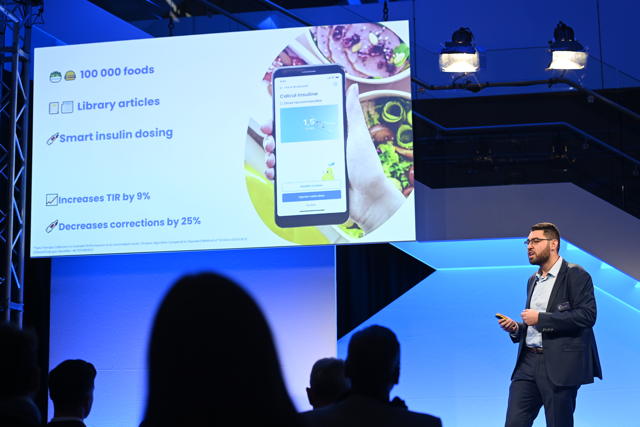Der ATTD-Kongress in Florenz, Italien, steht vor der Tür und verschiedene Mitglieder des DCB-Teams werden vor Ort...
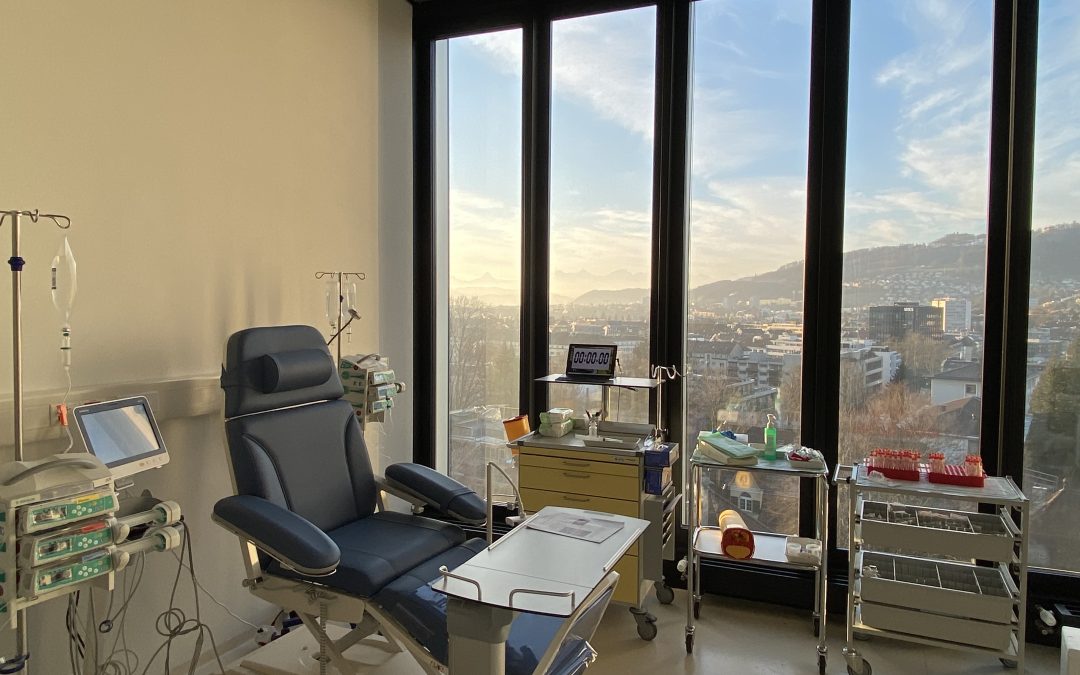
DCB Newsletter #2/23: INSIDE DCB – our Research Facility
DCB Newsletter #2/23: INSIDE DCB – our Research Facility
Do you already know all the services of DCB? With our Service Portfolio, DCB accompanies you on your entire translational journey. Would you like to conduct a study or research, but lack the appropriate premises and services? You might want to check out our research facility. Thanks to Thomas Gerber for the contribution!

The DCB Research Facility is located in the sitem-insel building on the 4th floor in Bern, Switzerland.
On more than 700 m2 the facility offers space for office workstations and project rooms. It was designed in such a way that each room can be adapted highly flexibly to the corresponding requirements of each project. Today it can be an office, tomorrow it is already a laboratory.
At the moment, DCB has three units in operation:
The Clinic offers space for clinical trials including the possibility for studies with overnight stays for up to 6 participants. The facilities have been designed to perform Diabetes Technology trials for new Glucose Sensors (BGM, CGM), Closed-Loop Trials and even Clamp Studies can be performed here:
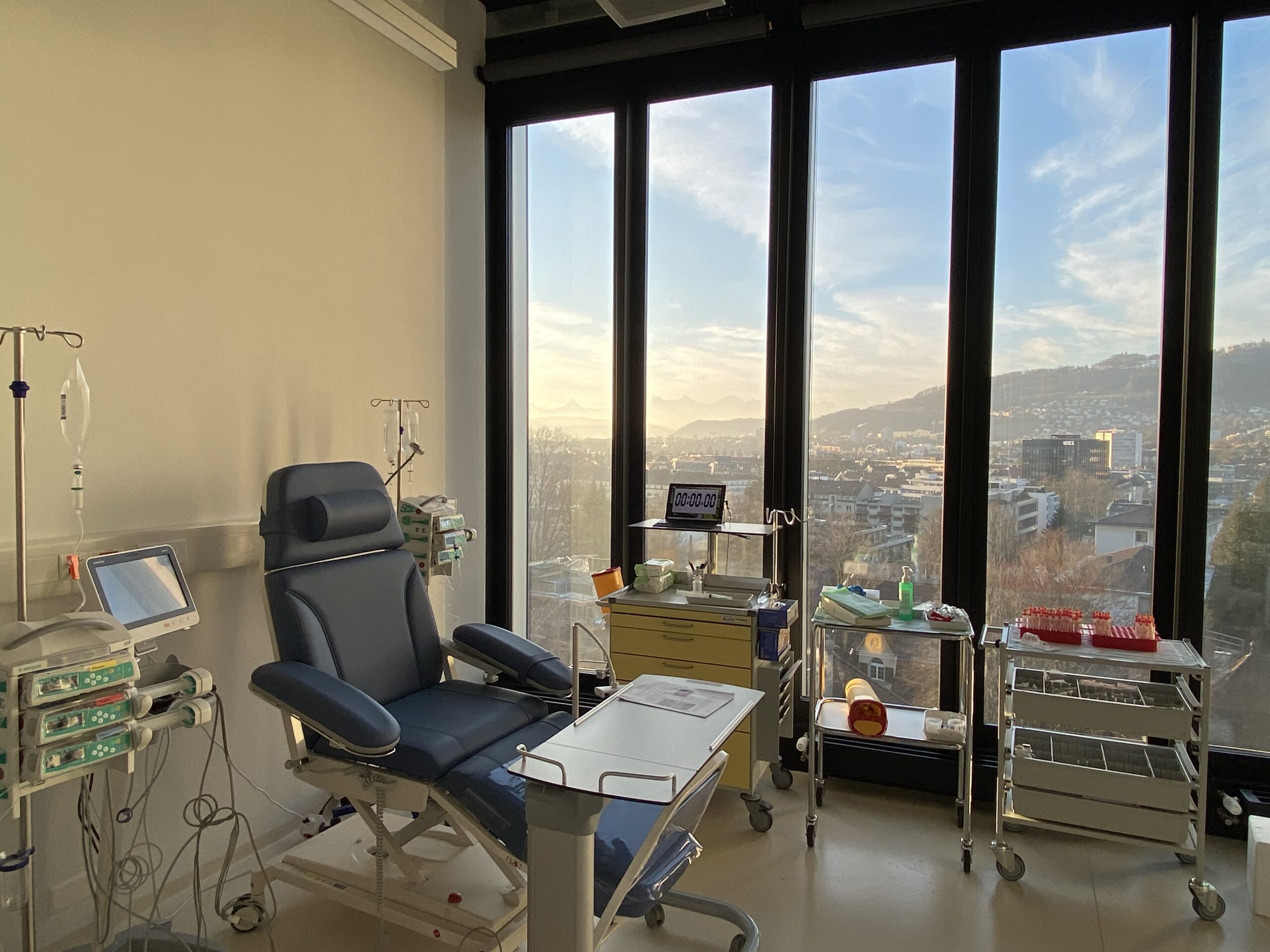
The Metabolic Research Lab meets the requirements of Biological Safety Level Lab:
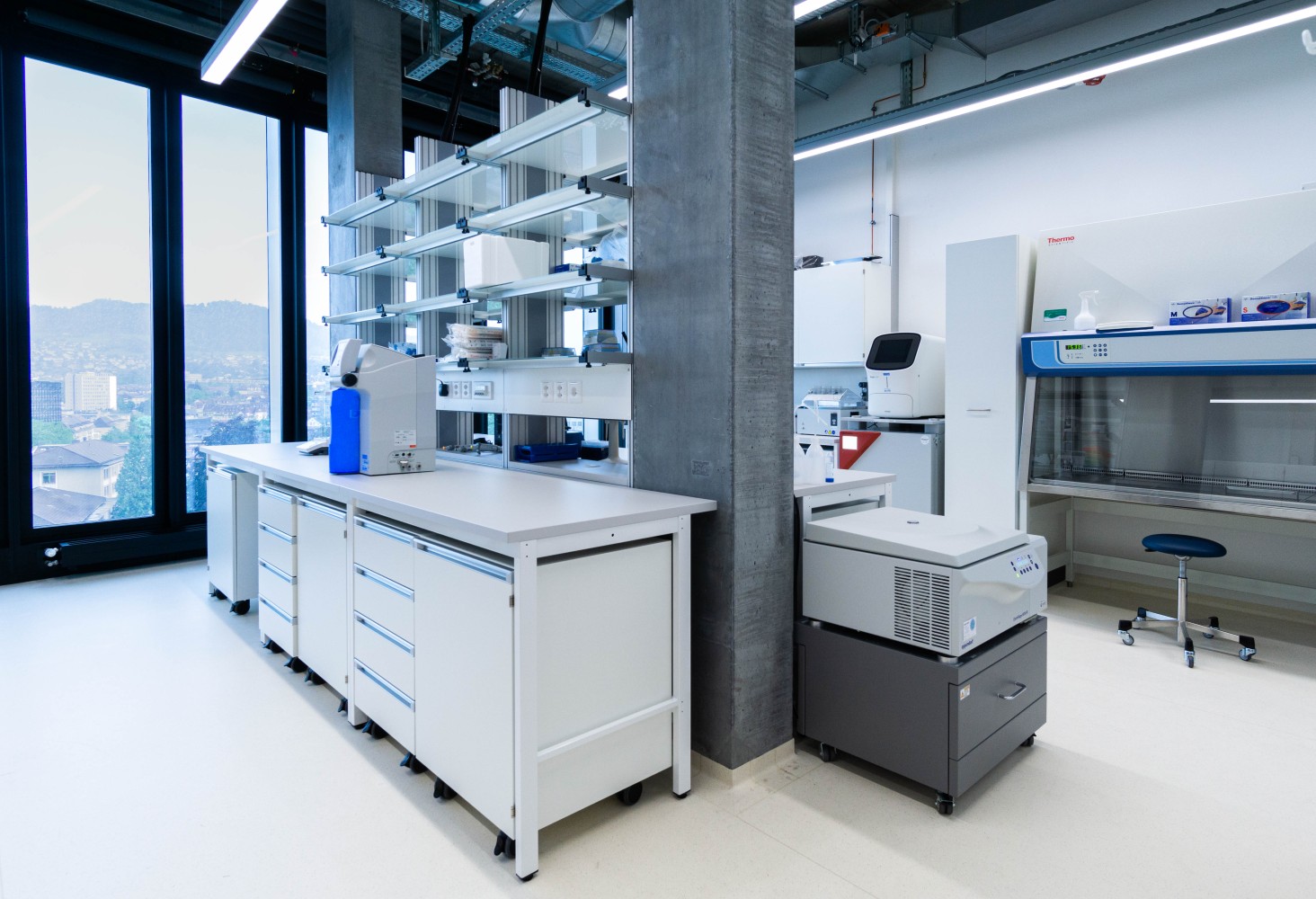
The third unit has been set up for our first professorship and provides space for optical experiments in a Biological Safety Level 1 hygienic area.
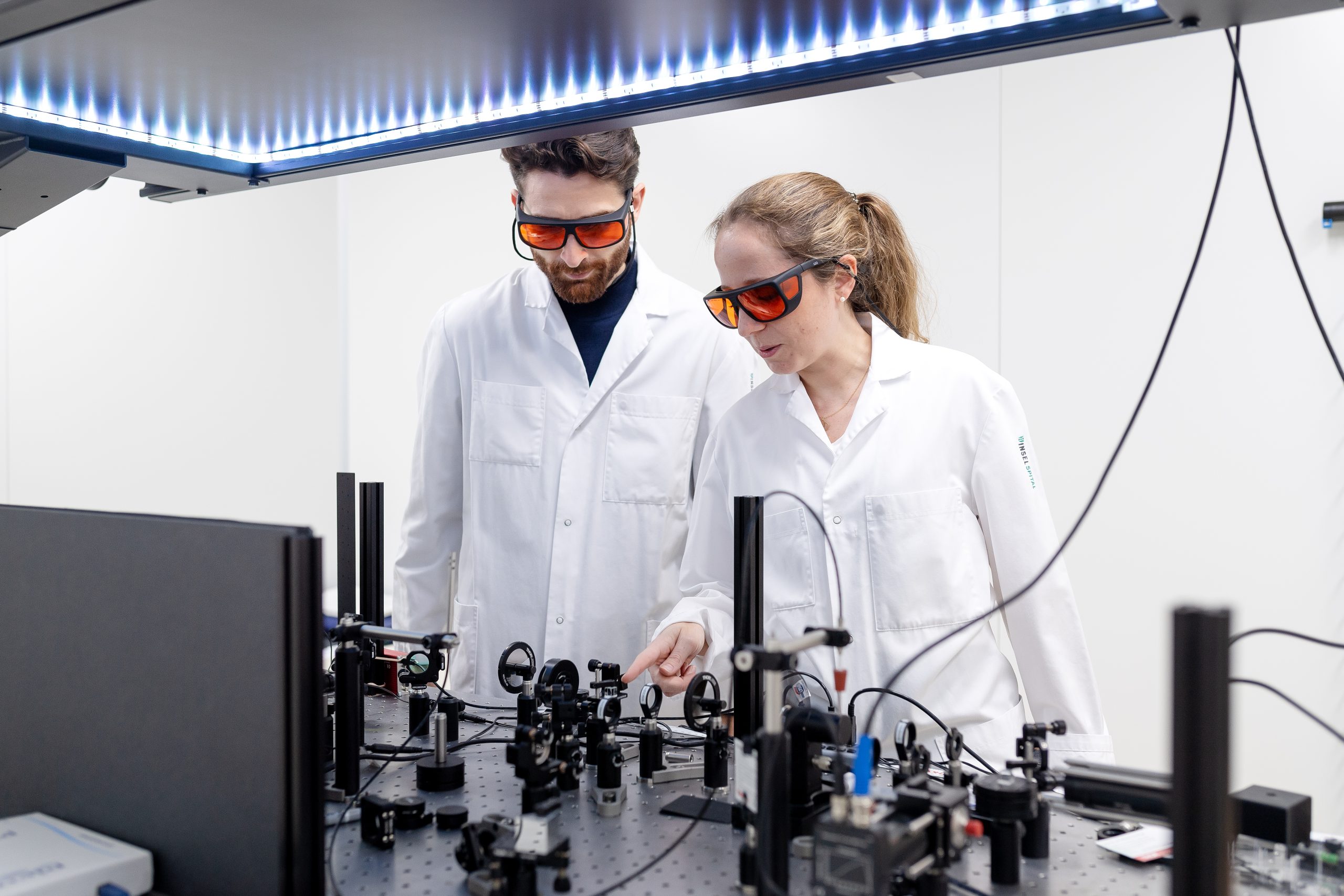
Each unit has its own equipment with maintenance and calibration interval; adapted to the applicable regulations.
Controlled storage conditions are also provided so that the respective sample material and the necessary materials can be adequately stored.
Are you interested in carrying out your studies or projects in a safe and controlled environment and benefit from the numerous services offered by our teams? Learn more about it here and contact us.
Thanks for reading, dear community, and till next time!
Dieser Beitrag wurde zuerst als Newsletter auf LinkedIn publiziert. Klicke hier um den Artikel auf LinkedIn zu lesen.
Neuigkeiten
Triff uns auf dem ATTD Kongress!
DCB Innovation Challenge Gewinner Una Health als DiGa zugelassen
Berlin, 13. Februar 2024 – Die Smartphone-App Una Health für Diabetes, eine digitale Anwendung zur Behandlung von...
Diabetes Center Berne und Tidepool: Neue Zusammenarbeit zur Förderung der Forschung im Bereich Diabetes und Frauengesundheit
Bern/Palo Alto, 13. Dezember 2023 - Das Diabetes Center Berne (DCB), eine private, unabhängige Schweizer Stiftung, und...


DCB Research AG
Freiburgstrasse 3
3010 Bern
Switzerland

